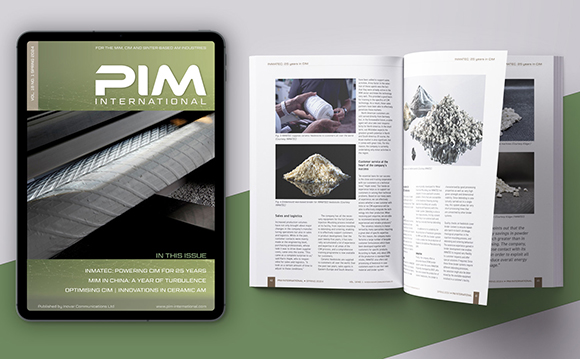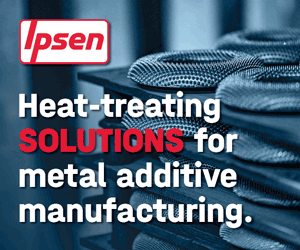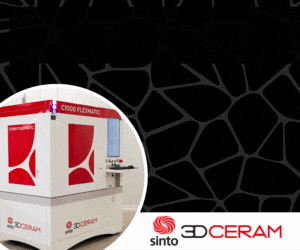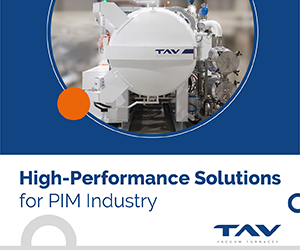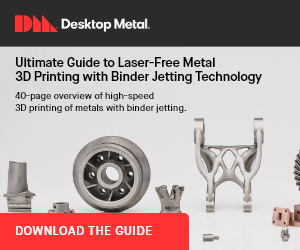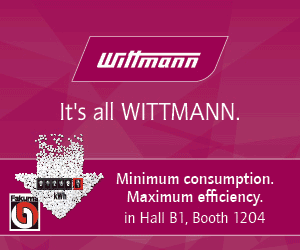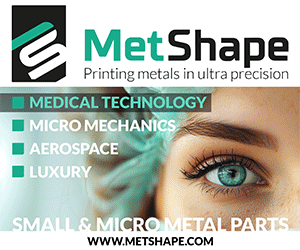MIM and CIM parts used in Cochlear hearing implant devices
April 15, 2011
Cochlear is one of the world leaders in advanced hearing technologies with headquarters in Macquarie Park, Sydney, Australia, and additional manufacturing facilities in Gothenburg, Sweden. Cochlear implants, first introduced in the early 1980s, have the ability to restore hearing for individuals who are severely hard of hearing and for whom conventional hearing aids are of little help.
The company states that the implant device bypasses damaged hair cells in the inner ear, or cochlea, which stimulate the hearing nerve directly. For example, the Baha system developed by Cochlear combines a sound processor with an abutment and a small titanium implant with the implant being placed behind the non-functioning ear. It takes around 3 months for the implant to osseointegrate with the bone. The Baha sound processor may then be attached to the implant abutment via a snap coupling. The implant ensures the optimal transfer of sound vibrations, via the skull, directly to the functioning cochlea.
The company recently introduced its Baha BP100 sound processor which it states sets a new benchmark in hearing aid performance. Key to the design of the Baha BP100 is the use of MIM technology which allows Cochlear to produce the unique shape and tolerances required for the two outer shell casings used in the chassis of the sound processor. Titanium was selected because of its biocompatibility and light weight, yet it is a strong and stable material. The MIM titanium parts are said to have stood up well in all the 18 reliability tests, even in challenging environments. The design of the Baha BP100 combines the use of the Europlug and the Cochlear Baha fitting software to allow direct audio input from MP3 players, phones and other audio sources.
Cochlear also reported the use of ceramic injection moulded Al2O3 in one of the most critical components in its hearing implants, the feedthrough, at the PM2010 Powder Metallurgy World Congress in Florence. This is the mechanical structure that provides the electrical connection for the platinum pins in and out of the device housing. Biocompatibility and long term implantation stability as well as mechanical and electrical functionality are some of the requirements that had to be met with the CIM Al2O3 feedthrough.




